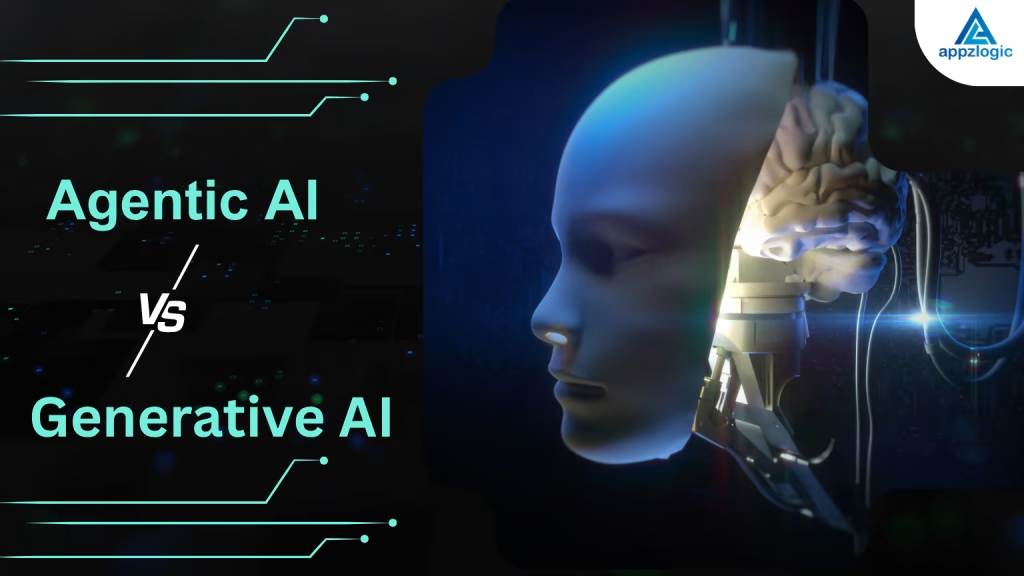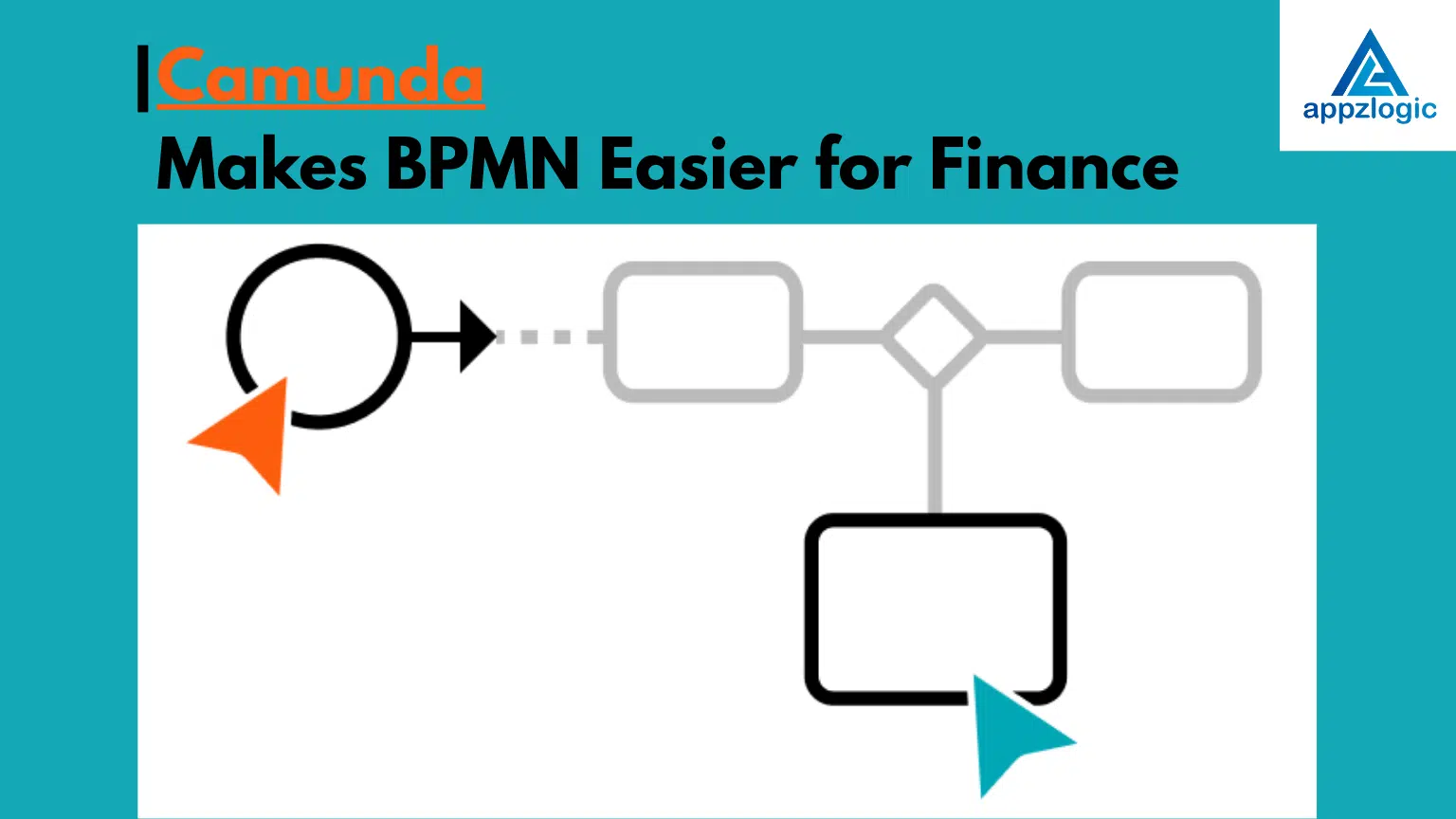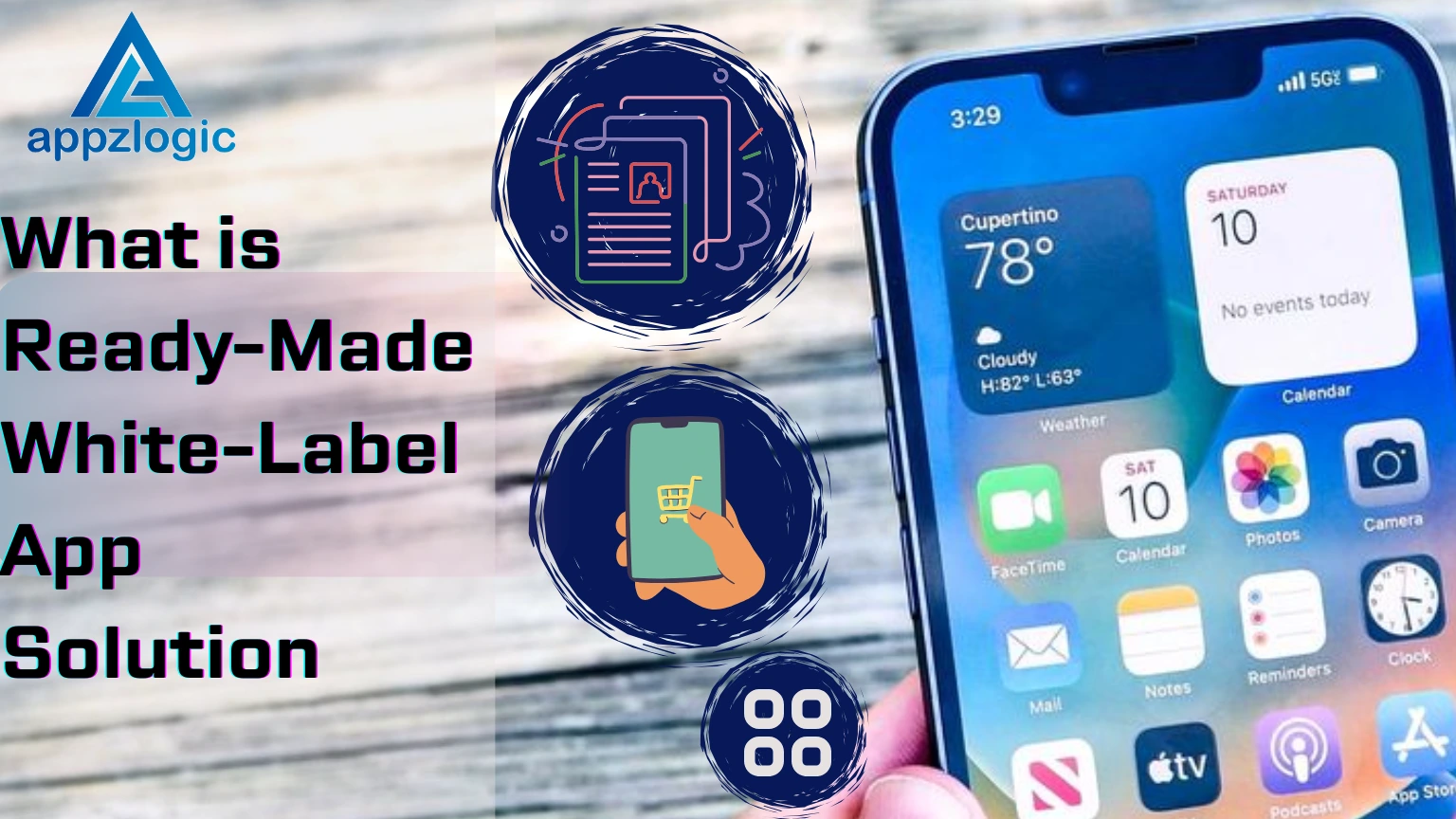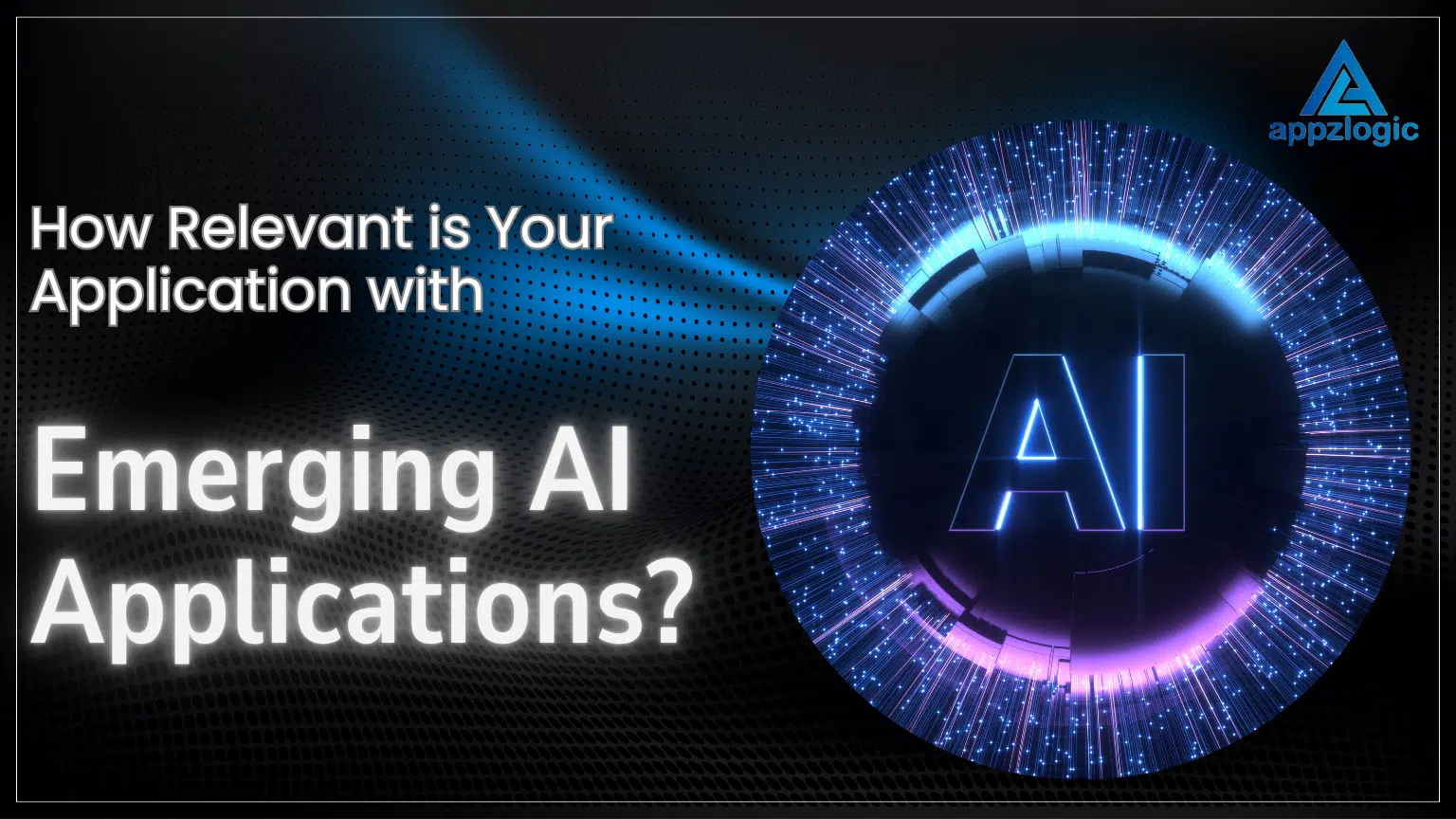
Comparing Agentic AI vs Generative AI in Business
Artificial Intelligence (AI) has moved quickly from academic research into real-world business applications. From marketing and customer service to IT and operations, AI helps companies work faster and smarter. Among the many AI types, Comparing Agentic AI vs Generative AI in Business stands out for their unique roles. Though they may sound similar, they serve very different business needs. Understanding how these two differ can help companies choose the right AI tools to improve their workflows.
What is Agentic AI?
Unlike generative AI, Agentic AI is built to act independently. It doesn’t just wait for instructions, it makes decisions and completes tasks on its own. Think of agentic AI as a digital assistant that can monitor systems, plan actions, and follow through without human help. For instance, it can detect a server error, restart the system, notify the IT team, and log a support ticket automatically. This ability comes from combining machine learning with decision-making frameworks, often called the Agentic AI framework. Businesses use agentic software to automate workflows, manage IT operations, and personalize user experiences without constant human supervision.
Agentic AI Workflow

An Agentic AI workflow is a structured process where AI agents autonomously handle tasks by observing inputs, setting goals, planning actions, and executing them with minimal human involvement. Unlike traditional automation, these agents adapt based on real-time feedback, enabling them to make decisions, learn from outcomes, and continuously optimize performance across complex workflows. This makes them ideal for dynamic, multi-step business operations.
What is Generative AI?
Generative AI is designed to create new content. It learns from large amounts of data and generates things like text, images, videos, music, and even computer code. For example, tools like Deepseek and ChatGPT help marketers write emails and blog posts, while DALL·E can generate visuals from simple prompts. Generative AI speeds up creative tasks, supports brainstorming, and handles repetitive writing or design work. In business, this type of AI is valuable for teams focused on content creation and communication. Large Language Models (LLMs) like GPT-4 are a common example of generative AI, as they produce human-like text based on training data.
Key Differences Between Generative AI and Agentic AI

The main difference between these two types of AI is how they operate. Generative AI works by responding to user prompts, telling it what to create, and generating content accordingly. It’s a creative partner that needs direction. On the other hand, Agentic AI initiates and completes tasks based on data and rules, working through the entire agentic AI workflow without needing constant input.
Where Generative AI is Most Useful in Business
Generative AI is perfect for roles where content is key. Marketing teams use it to quickly produce campaigns, blogs, and social media posts. Content writers speed up their drafts and brainstorm with it, while designers create visual mockups more efficiently. Customer support teams also rely on generative AI to draft quick replies. Because it can handle large volumes of text or images and personalize outputs, It helps businesses scale their creative efforts while freeing humans to focus on strategy.
Where Agentic AI Makes the Biggest Impact
In IT and DevOps, Agentic AI monitors systems and fixes issues automatically. In customer service, it handles the entire ticketing process. In finance, it detects anomalies and triggers alerts, while in e-commerce, it manages inventory by reordering stock when needed. Essentially, agentic AI acts like a tireless team member who continuously optimizes processes, making it invaluable for businesses that rely on smooth, automated operations.
Generative AI, Powering Content Creation in Business

Generative AI is especially valuable in business functions where creating content quickly and efficiently is critical. Marketing teams across industries such as retail, technology, and finance leverage generative AI to produce compelling campaigns, engaging blogs, and timely social media posts at scale. Customer support teams in e-commerce and telecommunications also rely on generative AI to draft rapid, personalized replies to customer queries. According to McKinsey’s report on the economic potential of generative AI, this technology could add up to $4.4 trillion annually to the global economy by improving productivity across sectors like marketing, customer service, and software development.
Agentic AI, Autonomous Decision-Making and Workflow Automation
Agentic AI goes beyond content creation by acting autonomously to make decisions, manage workflows, and execute complex tasks without constant human oversight. It is especially useful in business areas such as supply chain management, IT operations, and financial services, where it can analyze data, identify issues, and take proactive actions, for example, automatically optimizing inventory levels or detecting and responding to cybersecurity threats. This autonomous capability helps businesses increase efficiency, reduce errors, and accelerate response times.
Combining Generative AI and Agentic AI for Business Growth

When used together, Generative and Agentic AI offer a powerful combination and creative content generation paired with intelligent task automation. This dual strategy is transforming how businesses operate, innovate, and serve customers. According to McKinsey’s insights on agentic AI and operational efficiency, companies that integrate both models see faster time to value, reduced operational costs, and smarter, more autonomous business systems.
How Generative AI and Agentic AI Work Together
It is important to know that businesses don’t have to choose between generative and agentic AI. Instead, the two work best combined. For example, generative AI can create product descriptions, while agentic AI detects new products, posts listings, updates inventory and sends promotional emails automatically. This collaboration brings a full solution that covers both creation and execution, making operations more efficient and seamless.
Understanding the theory behind Agentic AI

- Agentic AI is based on the idea of intelligent systems that can act independently to achieve specific goals. To understand this better, we need to look at two key concepts in AI that is rational agents and utility-based agents.
- A rational agent is an AI system that chooses the best possible action based on the information it has. It tries to achieve the best outcome in each situation. For example, if the AI is helping with customer service, it will try to answer questions in the most helpful way.
- A utility-based agent goes a step further. It does not just look for any good solution, it picks the one that gives the highest benefit. It compares different actions and selects the one that leads to the best results.
- Agentic AI builds on these ideas. It is designed to think, decide, and act on its own. It can plan steps, solve problems, and even adjust its behavior if something changes. This makes Agentic AI more flexible and goal-oriented than regular AI systems.
- In simple terms, Agentic AI is all about giving AI the ability to act like a decision-maker, thinking through situations and taking smart actions without needing constant human input.
Understanding the Theory Behind Generative AI

- Generative AI is a type of artificial intelligence that creates new content such as text, images, music, or computer code. It works by learning from large amounts of data and then using that knowledge to generate something original.
- The core technology behind Generative AI is a model called a transformer. This model is trained on huge datasets like books, articles, or photos. It learns patterns, meanings, and styles so that it can produce new content that looks and sounds real.
- Generative AI works by making predictions. For example, when generating text, it predicts the next word in a sentence based on the words that came before. Over time, it learns how to create smooth and natural-sounding responses.
- The training method used is often self-supervised learning. This means the AI learns from the data itself without needing someone to label everything. It constantly improves by comparing what it creates to real examples and adjusting it.
- In simple words, the theory behind Generative AI is about teaching machines to learn from existing information and create new things that are useful, creative, and human-like.
Challenges to Keep in Mind
Both generative and agentic AI come with challenges. Generative AI might sometimes produce biased or inaccurate content, so human review remains essential. Agentic AI requires clear rules and oversight because autonomous actions can have serious consequences if something goes wrong. Ethical use, security, and boundaries should always be priorities when deploying these technologies.
Conclusion
Generative AI and Agentic AI both offer valuable benefits but in different ways. Generative AI is the go-to for creativity and content production, helping businesses communicate at scale. Agentic AI is best for automating decisions and tasks, acting behind the scenes to keep operations running smoothly. When combined, they can transform how businesses work, offering both imagination and execution. As AI technology evolves, companies that understand and leverage both will be better positioned to innovate and grow.
Frequently Asked Questions
A utility-based agent chooses actions based on a utility’s function, aiming to maximize its overall satisfaction or performance rather than just achieving a goal.
A rational agent acts to achieve the best outcome based on its knowledge and goals. It makes decisions that maximize expected performance in each environment.
Yes, a Large Language Model (LLM) is a type of Generative AI designed to generate human-like text based on input prompts.
Agentic software is an AI system that can autonomously plan, decide, and take actions toward goals, often with minimal human intervention.
An Agentic AI workflow involves AI agents that observe, plan, execute tasks, and adapt based on feedback, automating multi-step processes intelligently.


